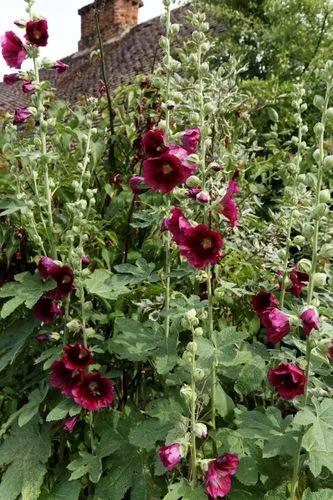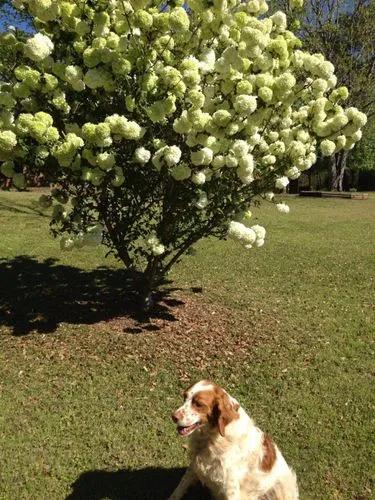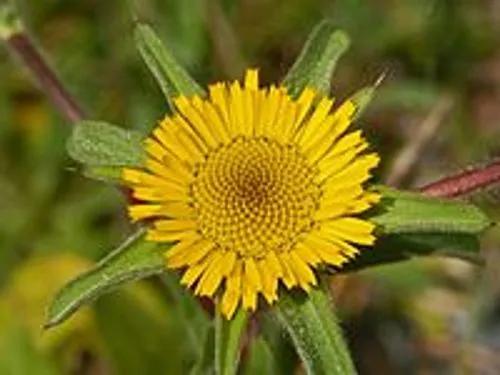Anigozanthos flavidus is a species of plant found in Southwest Australia. It is member of the Haemodoraceae family. It is known as the tall, yellow, or evergreen, kangaroo paw. The specific epithet, flavidus, refers to the yellow flowers.
Kangaroo Paw Care
Anigozanthos flavidus



Anigozanthos flavidus, commonly called kangaroo paws, is native to the southwestern corner of Western Australia. It is a rhizomatous evergreen perennial that grows from a short horizontal rhizome. It typically forms a basal rosette (to 3' tall and as wide) of slender, arching, strap-shaped, medium green leaves (each leaf to 3' long and to 3/4" wide) from which rise leafless flowering stalks to 4-6' tall bearing panicles of tubular, greenish-yellow (but sometimes pink or red) flowers that resemble kangaroo paws. Flowers are covered with velvety hairs. Outdoors, flowers primarily bloom from spring to fall. In greenhouses, flowers may bloom throughout the year.
How to Care for the Plant

Water

Although the kangaroo paw evolved to tolerate the dry habitat of Western Australia, it appreciates a little pampering with some irrigation. Your kangaroo paw plant will produce the most blooms in its season of active growth if it receives at least an inch of water each week during the spring and summer, which is when blooming happens. Supplemental water usually isn’t necessary when the plant is out of bloom.

Fertilizer

Kangaroo paw is not a heavy feeder but benefits from an application of a low-phosphorus fertilizer at the beginning of the growing season. Use a fertilizer with a ratio such as 19-6-20 as kangaroo paw is sensitive to high levels of phosphorus. Kangaroo paw also responds well to application of a timed-release fertilizer at planting time.

Sunlight

These plants need a lot of direct sunlight. At least six hours of direct sunlight every day will enable the kangaroo paw plants to grow and flower. They can tolerate hot and intense sunlight.

Soil

It is best grown in rich, evenly moist, well-drained preferably sandy soils.

Temperature

The plant can be grown in the areas with the lowest winter temperatures of +1.7°C (35°F). These plants are intolerant of frost. In colder areas, they may be grown in greenhouses or as houseplants.

Popularity

593 people already have this plant 81 people have added this plant to their wishlists
Discover more plants with the list below
Popular articles






